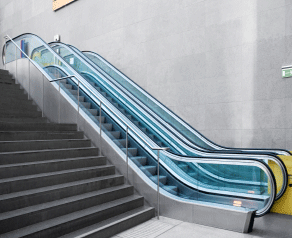
We naturally write whatever comes to mind. That’s wonderful. We can’t write what isn’t on our minds, can we? But after you’ve written, it’s time to see how the words can be made better. To do that, we have to understand what we’re looking for—which is: a more vivid picture for the reader.
Say the same thing in fewer words, and you’ve made the picture better. That’s why, in the editing process, we want to look for redundant words and phrases. What’s the difference between items that are the same and items that are exactly the same? People may say “exact same,” “circled around,” or “visually inspected” when one word will do. What kind of inspection can we have that isn’t visual? None, unless we can inspect with our eyes closed.
When words like up and down aren’t necessary, then leave them out. When a person sits, we don’t have to say, “He sat down on the couch.” He sat on the couch. But if he’s reclining, we must use the prepositional verb “sat up.” A person can “brighten up” a room, but in this case, we don’t need “up.” You have to judge when the word is necessary. Is it correct to say, “He called his friends” or “He called up his friends.” For inviting friends to the upstairs game room, we don’t need “called up.” But if he was calling from his cell phone, we might say, “He called them up.” Or maybe you’d want to say, “He phoned.”
If you’ll take time to review the examples on the Story Help Groups website, you’ll have a better feel for what to look for and how you can make your writing better.



